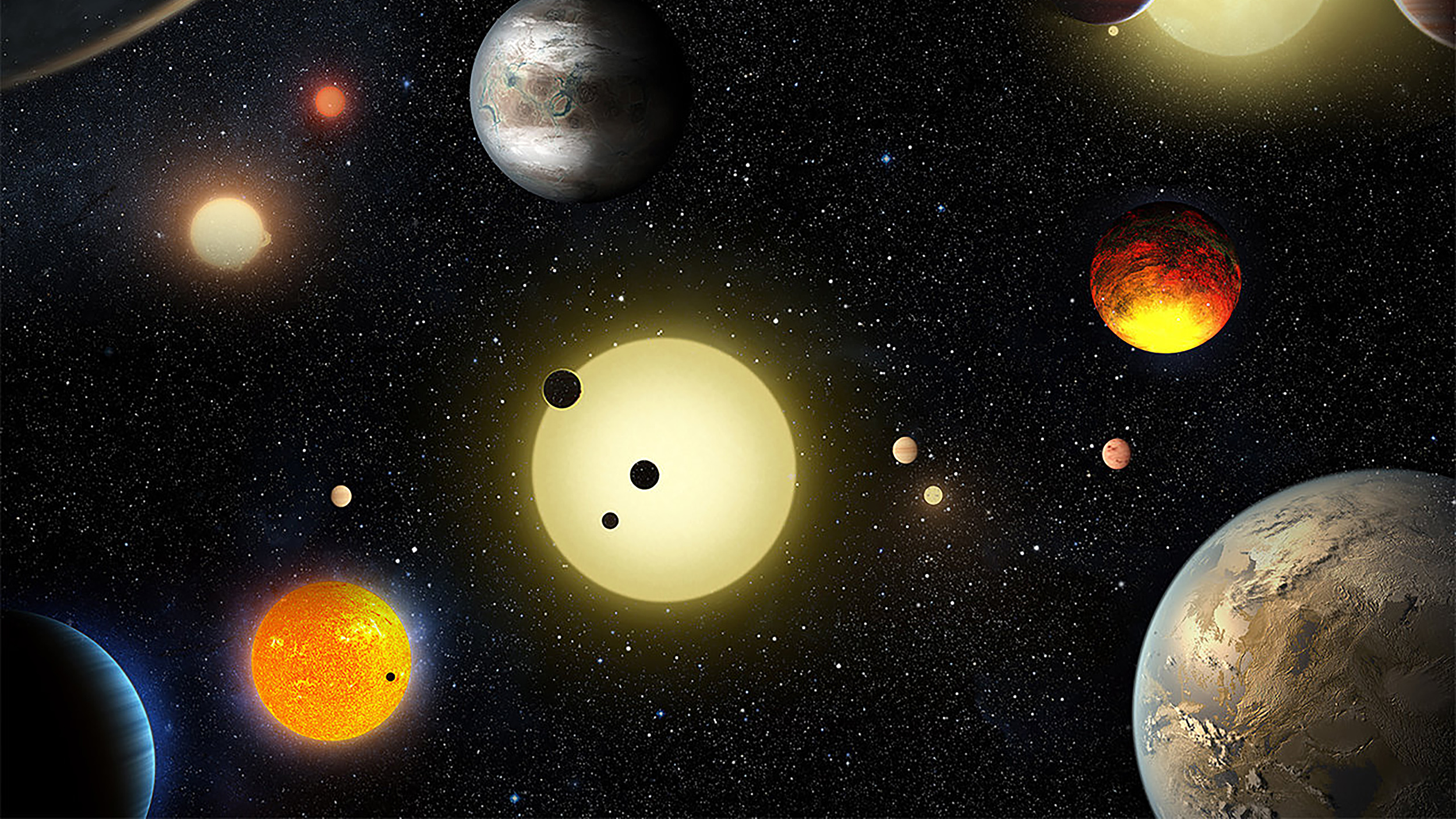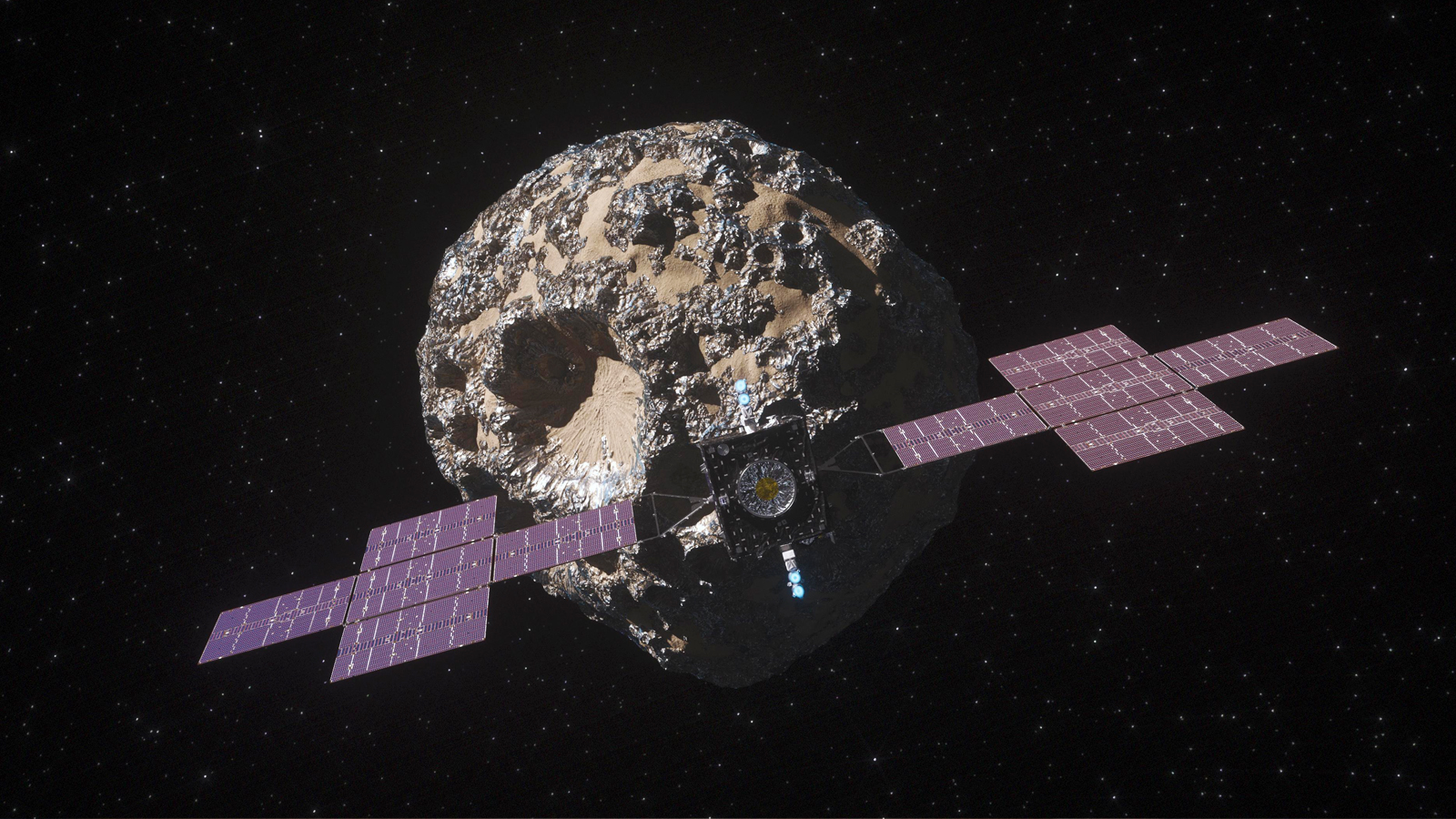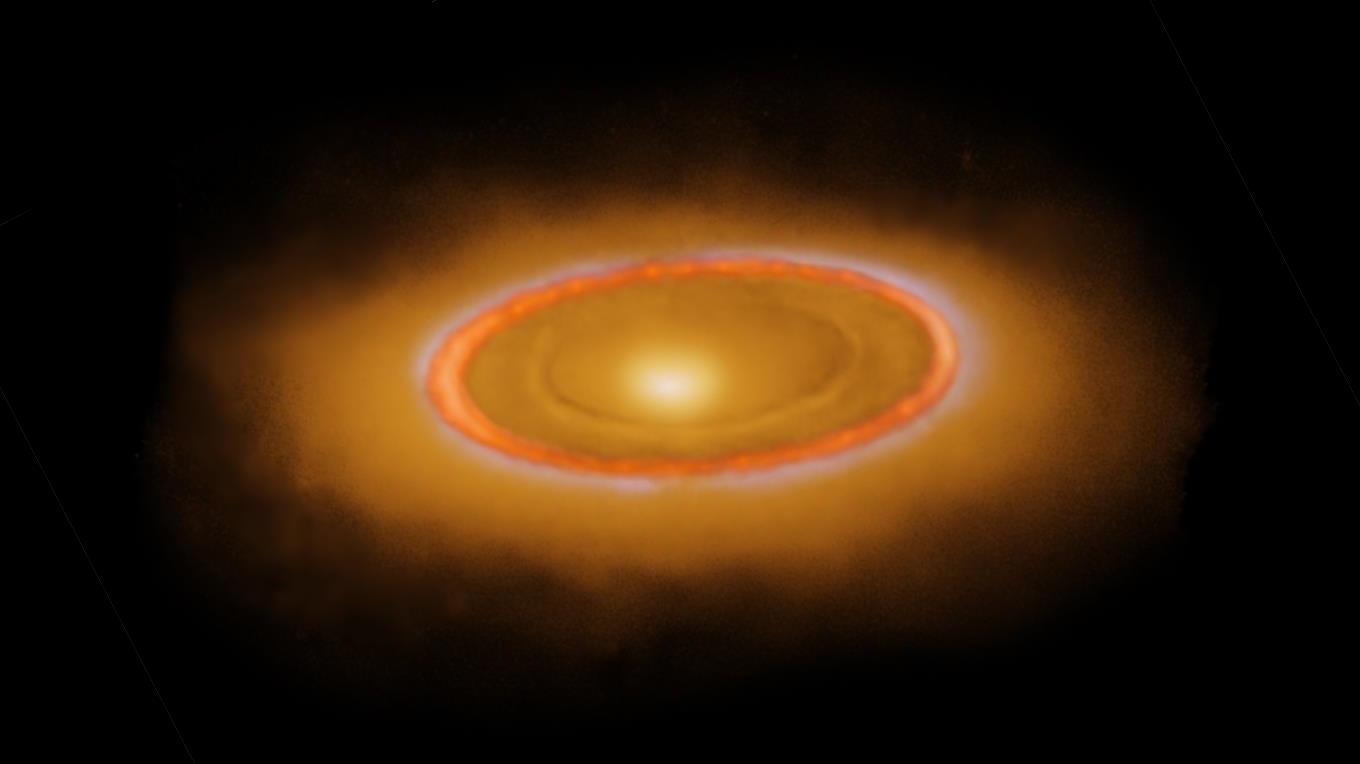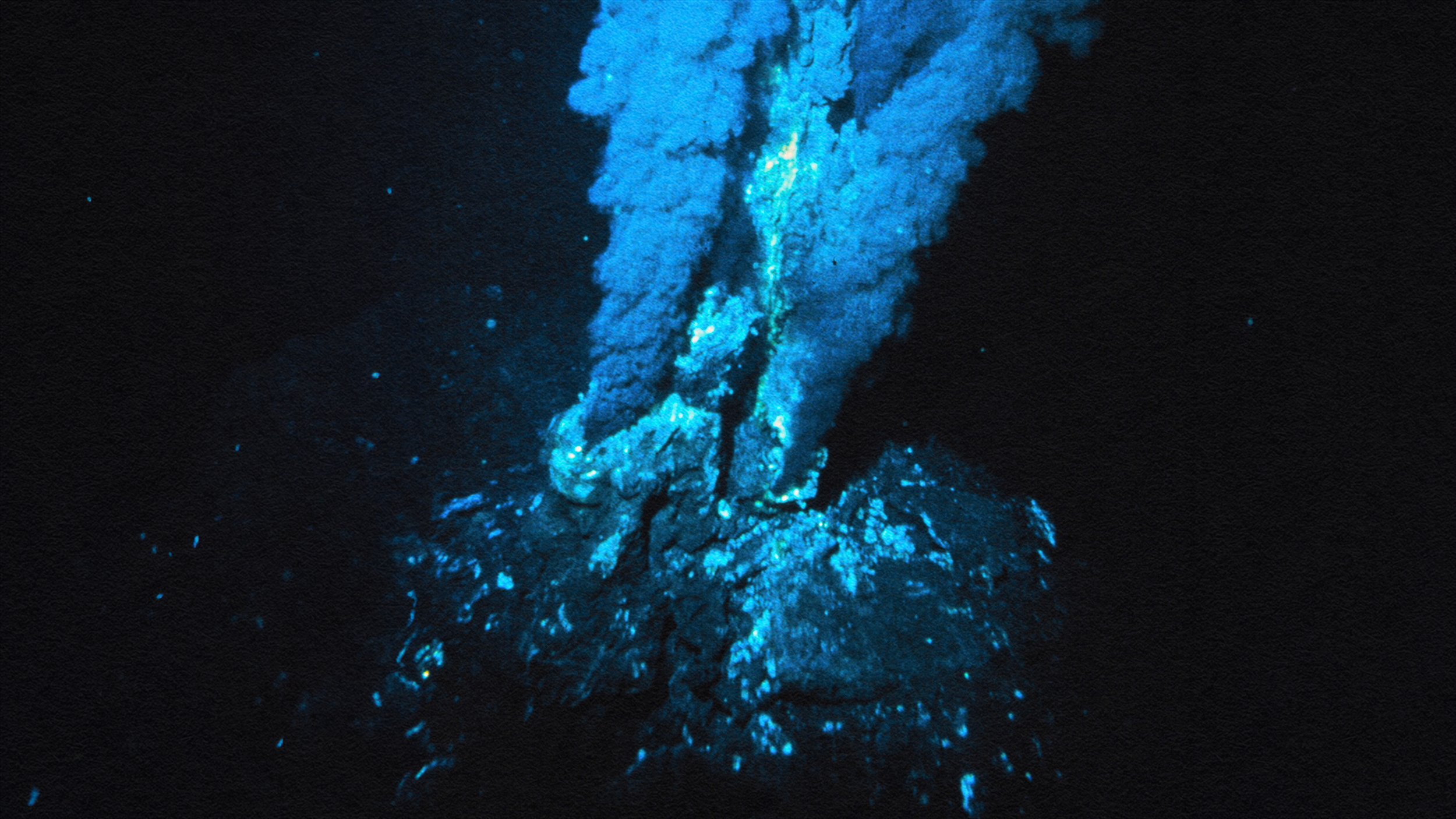Can two planets stably share the same orbit? Conventional wisdom says no, but a look at Saturn’s moons might tell a different story.
Search Results
You searched for: Systems
Electromagnetism, both nuclear forces, and even the Higgs force are mediated by known bosons. What about gravity? Does it require gravitons?
Can quantum computers do things that standard, classical computers can’t? No. But if they can calculate faster, that’s quantum supremacy.
Finding alien technology on the seafloor would be truly incredible. This extraordinary claim, however, is debunked by the actual evidence.
As Uranus approaches its solstice, its polar caps, rings, and moons come into their best focus ever under JWST’s watchful eye. See it now!
“Neurotech is not just about the brain,” says Synchron CTO Riki Banerjee, explaining how their tech can help with paralysis, brain diseases, and beyond.
Astronomers have discovered more than 5,000 confirmed exoplanets — very few of which resemble Earth.
The benefits of going the extra mile to be socially responsible are felt by customers, employees, and shareholders alike. Here’s a plan to secure them.
The Universe, although violent, is filled with creation events following destructive ones. 1850 light-years away, both types are unfolding.
With the invention of the leap year, the Julian calendar was used worldwide for over 1500 years. Over time, it led only to catastrophe.
“Resilience” is being able to withstand hardship; “antifragility” goes one step further.
▸
11 min
—
with
You could send your potential paramour a perfume bottle, a cigar cutter, travel plans — or maybe some cocaine.
Whether you call it 10 quintillion, 10 million trillion, or 10 billion billion, it’s a 1 followed by 19 zeroes.
The nearby, bright star Fomalhaut had the first optically imaged planetary candidate. Using JWST’s eyes, astronomers found so much more.
Harvard astronomer Avi Loeb claimed to track down and find alien spherules on the ocean bottom. Here’s the sober truth.
Do we actually live in a deterministic Universe, despite quantum physics? An alternative, non-spooky interpretation has now been ruled out.
Dive into China’s profound intellectual legacy through five seminal texts that have shaped millennia of thought.
We don’t need to think about what life is made of but rather what it does.
NASA’s Juno mission, in orbit around Jupiter, occasionally flies past its innermost large moon: Io. The volcanic activity is unbelievable.
How we organize all our digital stuff — from work research to side hustles to family photos — is key to our productivity.
Explore how the study of exoplanets is transforming our understanding of ocean formation.
The Wharton School professor — and author of Co-Intelligence — outlines ways we can tap into the AI advantage safely and effectively.
Why do we tip waitstaff and cabdrivers but not flight attendants and retail clerks?
You can only create or destroy matter by creating or destroying equal amounts of antimatter. So how did we become a matter-rich Universe?
In the largest star-forming region close to Earth, JWST found hundreds of planetary-mass objects. How do these free-floating planets form?
As planets with too many volatiles and too little mass orbit their parent stars, their atmospheres photoevaporate, spelling doom for some.
Einstein’s laws of gravity have been challenged many times, but have always emerged victorious. Could wide binary stars change all that?
In a recent paper, biologists outlined a three-part hypothesis for how all life as we know it began.
“If we could target those circuits very precisely, then there’s great potential to block the inflammation response for many diseases.”
More than two years after JWST began science operations, our Universe now looks very different. Here are its biggest science contributions.





























